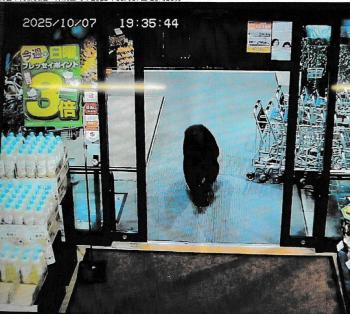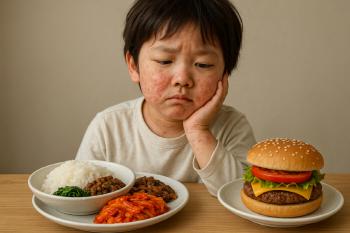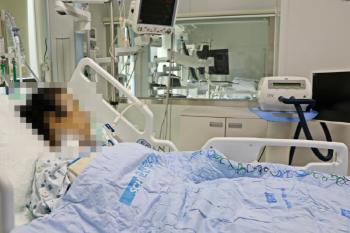Health insurance benefit drug costs an annual average of 7.8% for five years ↑…47% of all claims over age 65
Jun 29, 2025
|
According to the Health Insurance Review and Assessment Service, the amount of spending on health insurance benefits drugs has increased every year from about 20 trillion won in 2020, increasing by 7.8% annually over the past five years. The amount of health insurance benefits medicine claims in 2024 is 26.9897 trillion won, up 4.5% from the previous year (25.82 trillion won).
As the ratio of aged 65 or older to the total population increases due to aging, the proportion of elderly people's drug claims continues to grow to 44.3% in 2020, 45.5% in 2021, 45.6% in 2022, 45.7% in 2023 and 46.6% in 2024.
By age, the bill amount of elderly patients aged 70 or older accounted for the largest share with 9.417 trillion won (33.5%). Those in their 60s were 88.2 billion won (25.2%) and 4.519.4 billion won (16.7%) in their 50s. The amount of claims for medical benefits for senior citizens aged 65 or older was 12.5832 trillion won, 46.6% of the total, up 6.7% (11.7888 trillion won) from the previous year.
The amount of claims for each treatment group was in the order of cardiovascular system (5.14 trillion won), anti-malignant tumor drugs and immunomodulators (4.15 trillion won), digestive system and metabolism (3.9 trillion won), and nervous system (2.63 trillion won).
Outpatient claims out of last year's drug costs amounted to 23.556 trillion won (87.3%), up 5.2% from the previous year. The amount of hospitalization claims was KRW 3.43337 trillion, up slightly (0.1%) from the previous year. By type of medical institution, 18.4938 trillion won (68.5%) was the highest in the cost of salaried medicines requested by Pharmacy", followed by 3.955 trillion won (14.7%) in senior hospitals, 2.333 trillion won (8.5%) in general hospitals, 1.26 trillion won (4.4%) in clinics, and 1.137 trillion won (3.8%) in hospitals.
Meanwhile, as of December 2024, the number of people aged 65 or older in Korea was 10,244,550, exceeding 20% of the total resident registration population (51,221,286) and entering the UN standard 'super-aged society'. According to the National Statistical Office's future population estimate, the proportion of the population aged 65 or older is expected to reach 20.3% this year.
This article was translated by Naver AI translator.














